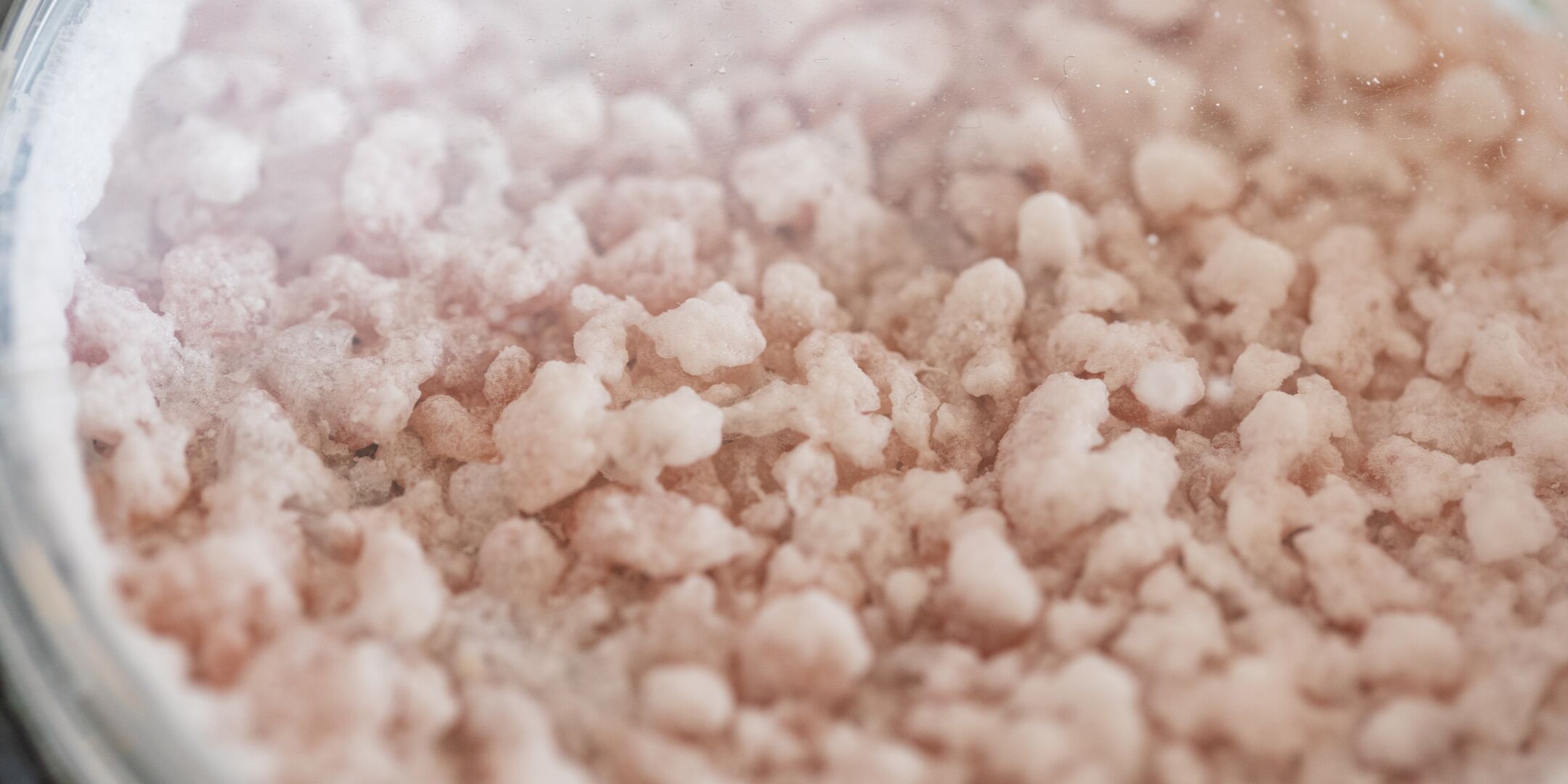by Jane Gitschier, M.Arch 2019
Advisors: Nataly Gattegno and Hugh Hynes
Architecture, by its very nature, sets up a physical boundary between humans and the environment. It defends us against the forces of nature, yet divorces us from nature’s power for wonder and refreshment. This thesis explores possible approaches for reconnection in the context of the salt evaporation ponds of San Francisco Bay. In this enormous complex, seawater is allowed to evaporate in stages, leaving behind crystalized salt called “halite”. A variety of ancient, salt-loving microorganisms, known as “halophiles”, also inhabit salt ponds, imbuing vibrant hues that can be experienced only from above. How can this dynamic system be commandeered for the purpose of architecture? How might inherent geometric, chemical, or biological aspects of this dynamic system be abstracted in the design of architectural elements themselves?












